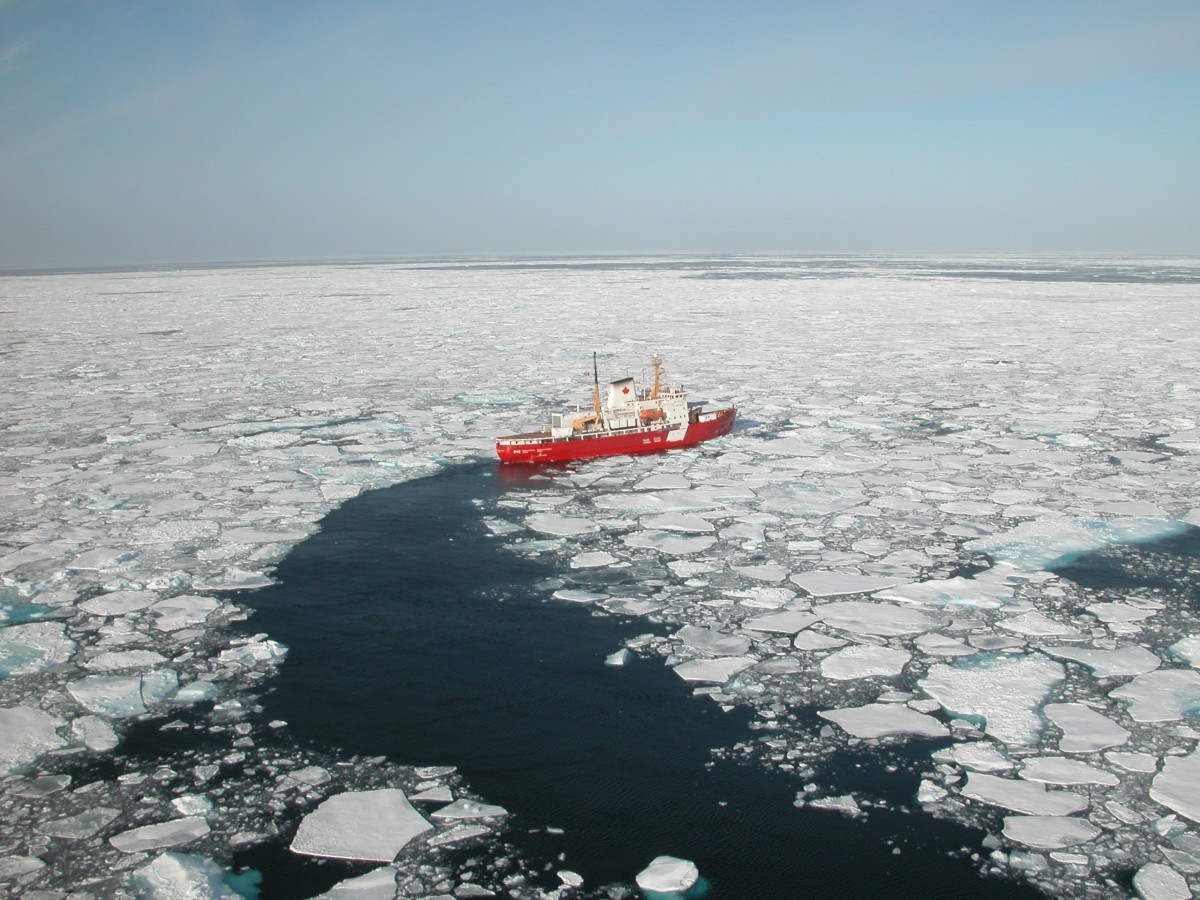
International team of researchers release status report on changing Arctic
Algae growing under moonlight and other surprises
The latest SWIPA Report, an international scientific assessment of what has changed in the Arctic and the consequences of those changes, will be released today.
SWIPA – The Snow, Water, Ice and Permafrost in the Arctic assessment – is published by the Arctic Council every five years to give politicians and the public an understanding of what is occurring in this delicate and vital landscape. The Arctic Council is the leading intergovernmental forum working on issues of sustainable development and environmental protection in the Arctic. Its latest SWIPA Report will be released at the International Conference on Arctic Science: Bringing Knowledge to Action, April 24-27, 2017, in Reston, Virginia, USA.
Informing the report with their expertise were University of Manitoba researchers from the Clayton H. Riddell Faculty of Environment, Earth, and Resources, including Distinguished Professor David Barber, Canada Research Chair in Arctic-System Science, and Søren Rysgaard, Canada Excellence Research Chair in Arctic Geomicrobiology and Climate Change. Associate professor C.J. Mundy and adjunct professor Christine Michel also collaborated on the assessment.
Barber led an international team in the review and synthesizing of all peer-reviewed research on Arctic sea ice (including physical, biological, geochemical and human use) since the last report was published in 2011.
Some changes pertain to algae that grow under the sea ice. The algae have been known about for a while and, it’s assumed, for most of its history it received limited light since it grows under ice and snow. But open water in the Artic in winter is becoming more frequent and researchers found the algae are responding to moonlight (there is no sunshine in the Arctic winter). The consequences of this are currently unknown.
“We had no idea that was even possible,” Barber says. “There are some very dramatic changes there and it really highlights and reinforces the issue that the Artic is changing extremely rapidly and there are many changes underway that we can’t necessarily foresee…. [The Artic is] changing much more rapidly now than it was 20 years ago, which is why we are doing these international assessments every five years – that’s a pretty short time period to look at change, but the change is remarkable even over a five year period.”
Budgeting carbon
New to this SWIPA Report is a carbon budget for the Arctic, which has never been done before and which Rysgaard led.
“Basically, we looked at how much carbon is taken up by the Arctic and how much is released, and the net result is what matters for the temperature,” Rysgaard says. “We found new things, like when the sea ice disappeared from the Arctic Ocean it actually affected the land as well – it’s temperature, for instance. It also changed how high and low pressure systems move around the Arctic…and we found new processes in sea ice itself, ones that affect carbon dioxide and methane emissions. I don’t know if this is shocking, but now we know that it is much more complicated.”
The latest assessment addresses other new discoveries, such as a never-before-described processes that affect carbon cycling in the Arctic, including ones that control ocean acidification. And it warns about many other issues, such as the accelerating impact thawing permafrost and melting glaciers will have on global systems.
All the changes, the report makes clear, are mostly if not fully attributable to human-induced climate change.
Chapter 9, Future Predications, notes: “Given the current and projected increase in [greenhouse gas (GHG)] over the next two decades, it is likely that average autumn and winter Arctic temperatures will increase by 4° C by 2040, and an essentially sea-ice-free late summer Arctic is a distinct possibility within the next few decades. These changes are now locked into the Arctic climate system due to past and projected GHG increases. Glacier mass and permafrost areas show the possibility of greater loss in the second half of the century. Whether temperatures stabilize in the second half of the century depends on new climate mitigation efforts and system variability.”
So all is not yet lost.
Research at the University of Manitoba is partially supported by funding from the Government of Canada Research Support Fund.






